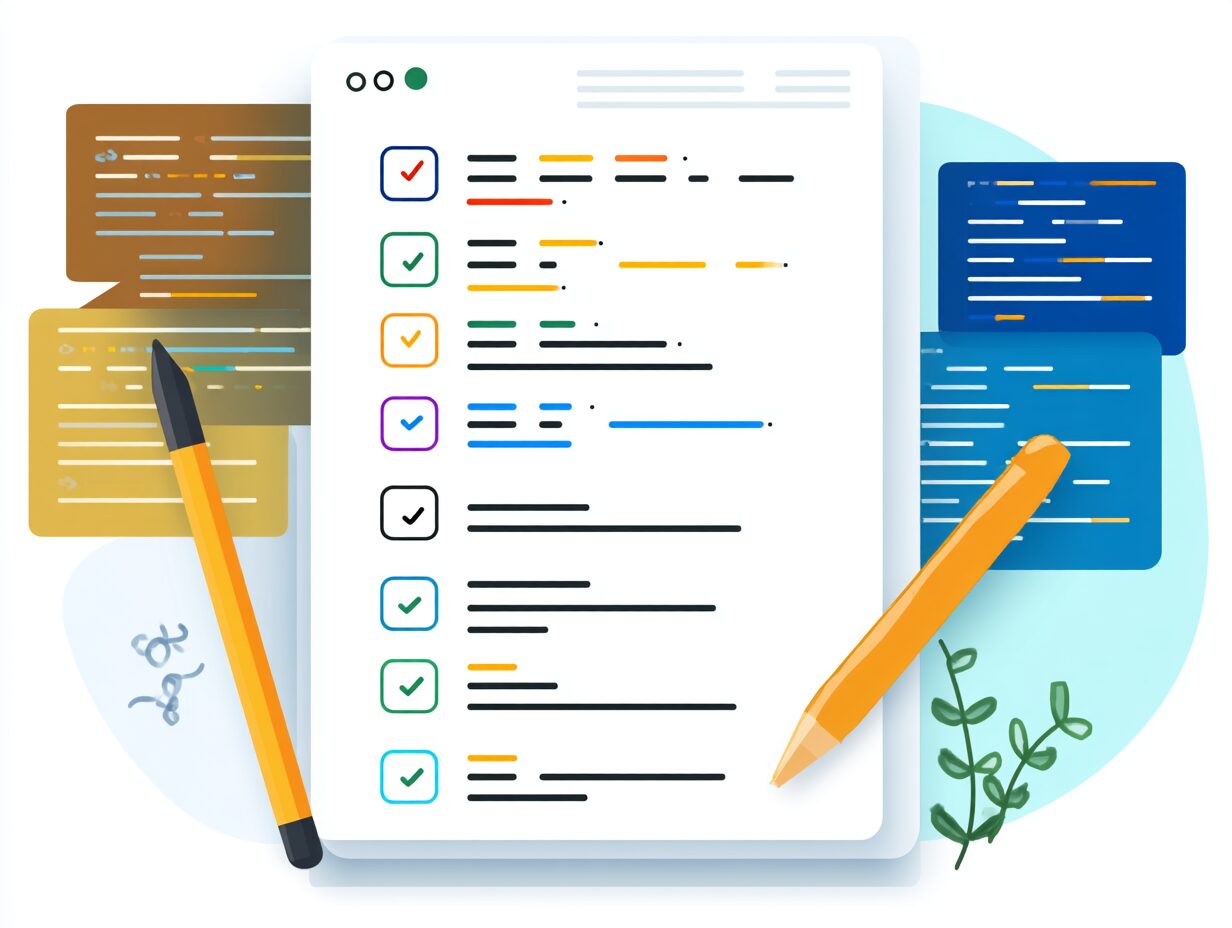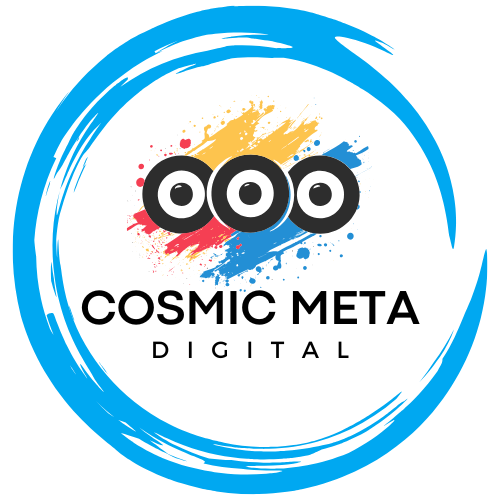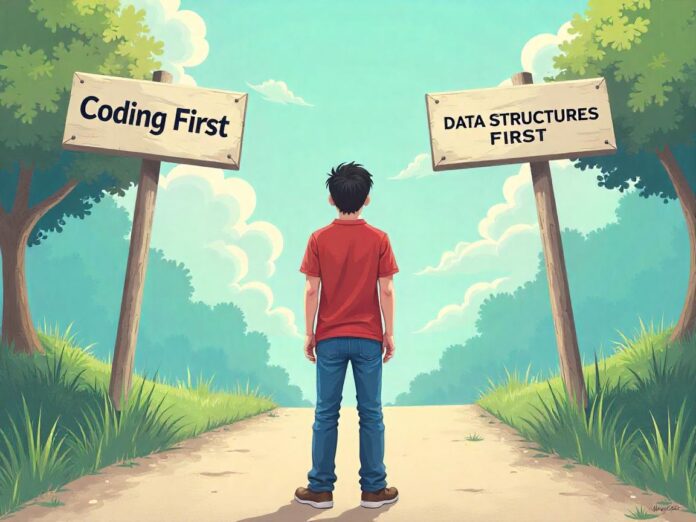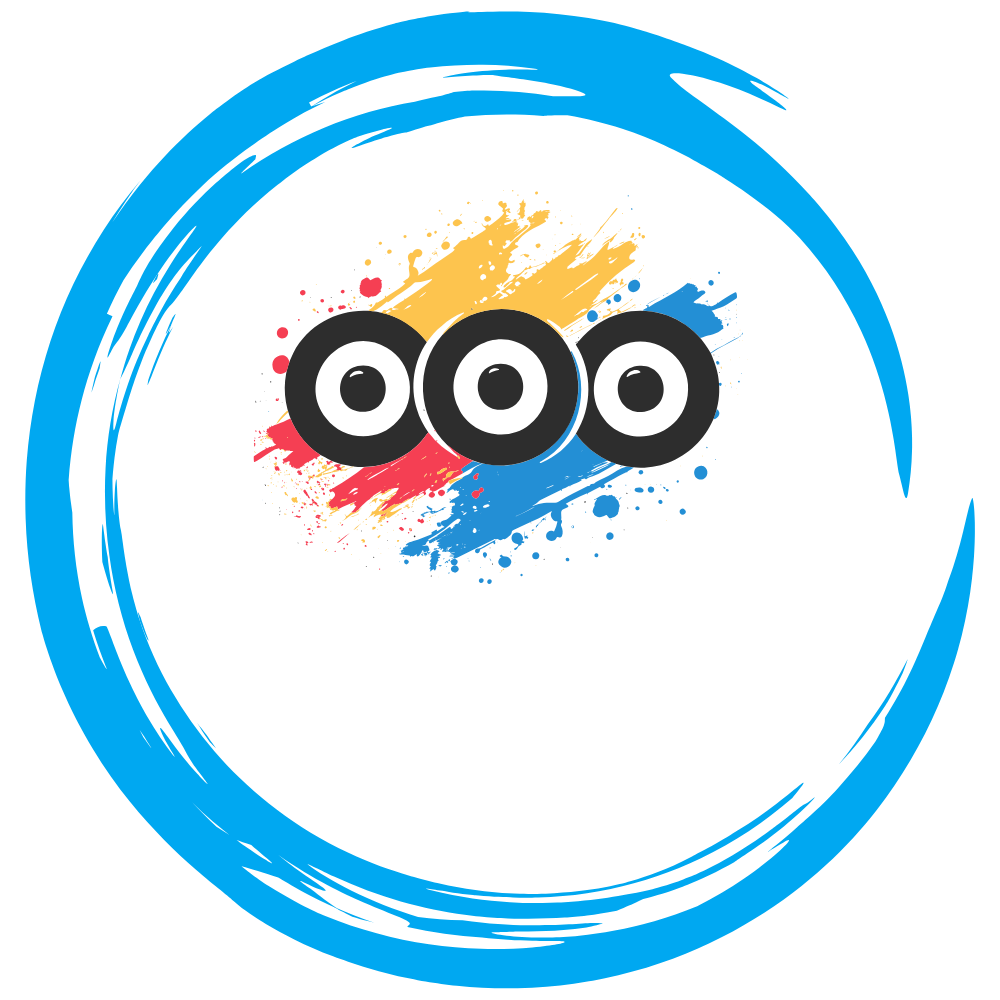Why This Question Matters
This question often sparks debate among beginner programmers, educators, and even seasoned software engineers. Choosing when to learn data structures can have a significant impact on your ability to grasp more advanced concepts, write efficient code, and build scalable applications. On one hand, diving straight into programming allows for creative exploration and hands-on learning. On the other, understanding data structures early helps build a stronger conceptual foundation that will pay off in the long term.
Moreover, the decision is also influenced by the type of learning environment you’re in. Are you attending a formal computer science program where theory comes first, or are you self-teaching through online courses, tutorials, and projects? Understanding your context can help shape a more effective learning roadmap that aligns with your individual needs.
This topic goes beyond simple sequencing—it’s about how to integrate different aspects of learning in a way that promotes both understanding and retention. With technology evolving rapidly and job requirements becoming more technical, mastering both programming and data structures is no longer optional. The only question is how and when to combine them for optimal learning outcomes.

If you’re just starting your journey into programming, one question that inevitably comes up is: Should I learn data structures before or after learning to code? It’s a valid and frequently asked question—and one that doesn’t have a one-size-fits-all answer. Instead, the best approach depends on several factors, including your long-term goals, your current technical background, and the context in which you’re learning to code. Whether you’re preparing for a computer science degree, aiming for a career in software development, or simply exploring programming as a hobby, the order in which you tackle coding and data structures can shape your learning experience in significant ways.
In this expanded guide, we’ll explore the pros and cons of each path, provide insights from educators and industry professionals, and offer a balanced roadmap that helps you get the most from both skill sets.
The Case for Learning to Code First
1. Building Confidence with Immediate Results
Starting with coding allows beginners to get hands-on quickly, which can be incredibly motivating. Writing your first program—even something as simple as printing “Hello, World!”—offers instant feedback. This kind of small win builds momentum and instills a sense of accomplishment. When you see your code run successfully, it encourages you to keep going and explore more.
Beyond the excitement, early projects like calculators, basic web pages, and simple games help reinforce fundamental programming principles. They serve as a sandbox where learners can experiment, make mistakes, and build problem-solving intuition without being overwhelmed by abstract data concepts.
2. Grasping Syntax and Logic
Learning to code teaches you the rules and structure of a programming language—how to write valid code, how to use loops and conditionals, how to declare variables and functions. These elements are essential for understanding how programs flow and how tasks are automated. Without this groundwork, diving straight into data structures can feel like trying to do calculus without learning basic arithmetic. Coding first gives you the tools and language needed to effectively understand and implement data structures later on.
3. Motivation Through Projects
Projects keep learners engaged. When you start by coding, you can build things right away—interactive stories, task managers, games, or simple websites. These creative outlets help make learning feel relevant and fun. Along the way, you’ll naturally encounter challenges that lead you to explore data structures when you actually need them. This on-demand learning approach often leads to better retention and a more meaningful understanding of concepts like arrays, dictionaries, or stacks, because you’re learning them to solve real problems.
The Case for Learning Data Structures Early
1. Understanding Efficiency and Problem Solving
While coding teaches you how to build, data structures teach you how to build better. They allow you to manage and organize data in ways that make your code more efficient, scalable, and elegant. Learning these early helps you think like a computer scientist—understanding not just how to get the job done, but how to do it optimally.
For example, if you’ve only ever used lists or arrays, you might not realize how much faster a hash map can be for lookups. Early exposure to this kind of thinking enhances your problem-solving toolkit and makes you a more thoughtful developer.
2. Preparing for Technical Interviews
If your goal is to work in software engineering or a related technical field, data structures and algorithms are unavoidable. Employers routinely assess your understanding of topics like trees, graphs, and hash tables during the interview process. Learning data structures early gives you more time to master these concepts and develop a strategic mindset for solving algorithmic challenges. Moreover, it helps reduce the stress of cramming them all at once right before interview season.

3. Enhancing Your Design Skills
Data structures are foundational to good software design. Knowing when to use a queue versus a stack, or understanding the trade-offs between a linked list and an array, allows you to architect solutions more effectively. You’ll also write cleaner code that’s easier to maintain and extend. This level of insight is especially valuable when working on larger projects or collaborating with other developers.
The Best Approach: A Balanced Path
Rather than thinking in terms of “either-or,” consider blending both paths. Here’s how you can strike the right balance:
- Begin with hands-on coding. Pick a beginner-friendly language like Python or JavaScript and focus on basic projects that teach you syntax, functions, and control flow.
- Introduce data structures gradually. Once you’re comfortable coding, start learning about arrays, stacks, queues, and dictionaries. Look for opportunities to implement them in your existing projects.
- Use challenges and exercises. Platforms like LeetCode, HackerRank, and Exercism can help reinforce data structures through problem-solving.
- Refactor your old code. Go back to previous projects and see where data structures could make them cleaner or more efficient. This real-world application deepens your understanding and reinforces best practices.
- Mix theory and practice. Read theory-focused resources like GeeksforGeeks or the CS50 course while actively coding. This keeps your learning grounded and contextual.
Remember: learning to code is a journey. There’s no perfect order—what matters most is building steadily, staying curious, and applying what you learn along the way.
Conclusion
So, should you learn data structures before or after learning to code? The answer is nuanced. It’s generally best to learn to code first, gaining comfort with syntax and building simple programs. However, don’t wait too long to explore data structures—they’ll empower you to write better code, solve harder problems, and understand what’s happening under the hood.
By following a balanced approach that incorporates both practice and theory, you’ll become a more capable and confident programmer. Whether your goal is to build apps, pass technical interviews, or simply understand how software works, blending coding and data structures early in your learning journey will set you up for long-term success.



